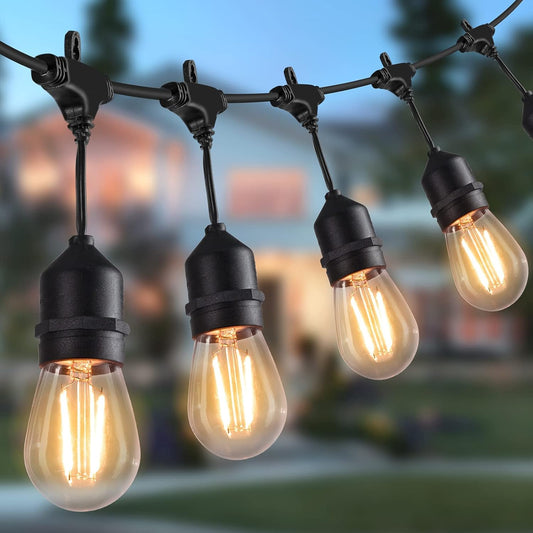
Introduction to the main technical parameters and standards of LED bulbs
When choosing LED outdoor light bulbs, it is best to first understand the technical standards related to LED light bulbs in order to select more suitable LED lights.
The principle of LED light emission: The terminal voltage of the PN junction forms a certain potential barrier. When a forward bias voltage is applied, the potential barrier decreases, and the majority carriers in the P and N regions diffuse towards each other. Due to the much higher electron mobility than hole mobility, a large number of electrons will diffuse into the P region, resulting in injection of minority carriers into the P region. These electrons recombine with holes on the valence band, and the energy obtained during the recombination is released in the form of light energy.
Main technical indicators of LED bulbs
- Voltage: LED bulbs use a low-voltage power supply with a supply voltage between 2-4V, which varies depending on the product, so it is a better option than using a high-voltage power supply; Safer power supply, especially suitable for public places;
- Current: The brightness increases with the increase of current. The working current of low-power LED beads is 0-60mA, and the working current of high-power LED is above 150mA.
- Efficiency: Energy consumption is reduced by 80% compared to incandescent lamps with the same luminous efficiency.
- Applicability: Very small, each unit LED chip is a 3-5mm square, so it can be prepared into various shapes of devices and is suitable for variable environments.
- Stability: 100000 hours, light decay is 50% of the initial value.
- Response time: The response time of incandescent lamps is in the millisecond range, while the response time of LED lamps is in the nanosecond range.
- Environmental pollution: No harmful metal mercury.
- Color: Changing the current can change the color, and light-emitting diodes can be easily modified chemically to adjust the band structure and bandgap of the material, achieving multi-color luminescence of red, yellow, green, blue, and orange. If the LED is red when the current is low, it can change to orange, yellow, and finally green as the current increases.
Color temperature: Color temperature is the most common indicator of the spectral quality of a light source. Color temperature is defined based on absolute blackbody. When the radiation of a light source is exactly the same as that of an absolute blackbody in the visible range, the temperature of the blackbody at this point is called the color temperature of the light source. The characteristic of low color temperature light sources is that there is relatively more red radiation in the energy distribution, which is commonly referred to as "warm light"; After the color temperature increases, the proportion of blue radiation in the energy distribution increases, commonly referred to as "cold light".
Attachment: Standard Comparison of Lighting
- Standard candlelight: 1930K
- Tungsten filament lamp: 2760-2900K
- Fluorescent lamp: 3000K
- Flash: 3800K
- Noon sunshine: 5400K
- Electronic flash: 6000K
- Blue Sky: 12000-18000K
- Warm white temperature: 2700-3200K
- Normal white: 4000-4500K
- Sunlight White: 6000-6500K
- Cold white: above 6500K





